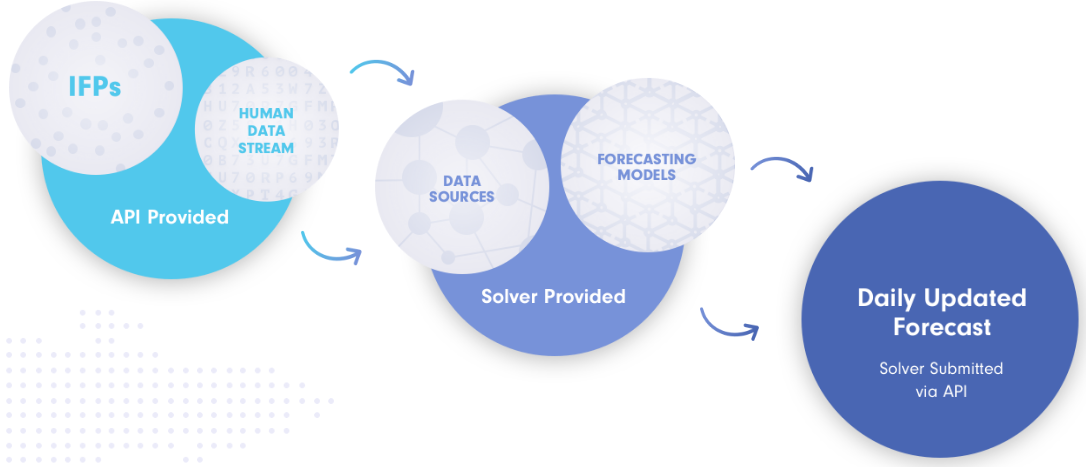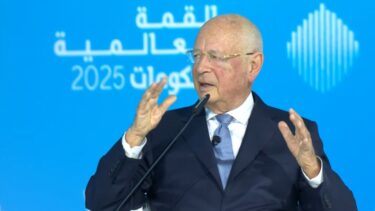How many missile test events will North Korea conduct in August 2019? Will there be a locally-transmitted case of the Zika virus in Brazil in July 2019?
These are just a couple of the hundreds of sample questions that the Intelligence Advanced Research Projects Activity (IARPA) has for its Geopolitical Forecasting Challenge (GFC) 2.
“Who controls the past controls the future. Who controls the present controls the past”
– George Orwell
Dubbed Individual Forecasting Problems (IFPs), these questions seek to predict the future of world events. IARPA is looking for “Solvers” to create innovative solutions and methods to produce forecasts to a set of more than 300 IFPs like the ones above.
Read More: CIA ‘Siren Servers’ can predict social uprisings 3-5 days in advance
The challenge encourages novel approaches that embrace non-traditional methods and harnesses the collective community, while offering Solvers the chance to win a share of $250,000 in prize money.
The GF Challenge 2 is looking for forecasting methods; solutions that are capable of processing data and making forecasts. This may include investigating how a combination of both computer models and human judgments can be used to make accurate forecasts.

IARPA GF 2 Diagram
Solvers in the GF 2 Program will be scored based on the Brier score — a proper score function that measures the accuracy of probabilistic predictions.
Each Solver will be permitted to submit forecasts using up to 40 different methodological “slots,” each of which will be scored independently.
“The future cannot be predicted, but futures can be invented”
– Dennis Gabor
In the first GF Challenge, most Solvers used the provided human forecast stream and benchmark consensus forecast stream as their only inputs. They applied techniques that were similar to the 2010 IARPA ACE Program winning approach. These included:
- Determining the most accurate forecasters and upweighting them.
- Applying decay weighting to favor more recent updates.
- Extremizing the resulting forecast.
Some Solvers did use newer techniques for determining forecaster weights such as neural networks and machine learning.
Only two Solvers used exogeneous data or models in their forecasts, with mixed success. Overall, the best methods were comparable with the benchmark method derived from the ACE Program but no method was significantly better than the benchmark.
Read More: Every move you make IARPA will be watching you
The goal of the ACE Program was to dramatically enhance the accuracy, precision, and timeliness of forecasts for a broad range of event types, through the development of advanced techniques that elicit, weight, and combine the judgments of many intelligence analysts.
IARPA invests in high-risk/high-pay off research programs that have the potential to provide our nation with an overwhelming intelligence advantage.
“Knowing the future is the flower of the Way and the beginning of folly”
– Laozi
While IARPA looks to predict geopolitical events, another government research body, the Defense Advanced Research Projects Agency (DARPA) recently launched the KAIROS program, which seeks to create a schema-based AI capability to enable contextual and temporal reasoning about complex real-world events in order to generate actionable understanding of these events and predict how they will unfold.
Read More: DARPA looks to predict future real-world events with AI
DARPA claims that KAIROS will not produce specific predictions (e.g., who will win an election), but rather predictions about generic event sequences (such as predicting that an election will probably have a winner after the voting is completed.
However, those with technology that can give foresight to future events could allow those in possession of it to potentially create or control the future.
The program aims to develop a semi-automated system capable of identifying and drawing correlations between seemingly unrelated events or data, helping to inform or create broad narratives about the world around us.












